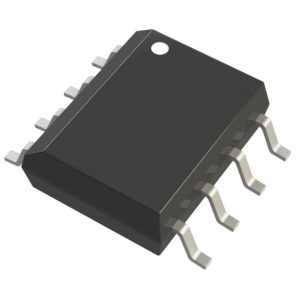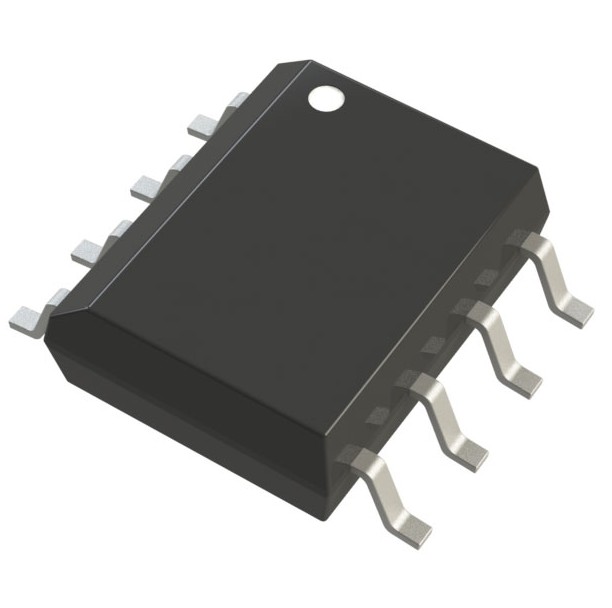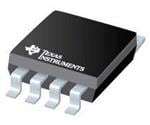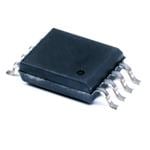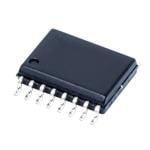
TJA1044GT/1Z
| Manufacturer Part Number: TJA1044GT/1Z | Manufacturer / Brand: NXP |
| Part of Description: SoC FPGA TJA1044GT/1Z | Lead Free Status / RoHS Status:  Lead free / RoHS Compliant Lead free / RoHS Compliant |
| Ship From: HK/Shen Zhen | Shipment Way: DHL/Fedex/TNT/UPS |
| Datasheets: |
Product parameters
| Manufacturer | NXP |
| RoHS | Details |
| Package | Reel |
| Package / Case | SOIC-8 |
| Mounting Style | SMD/SMT |
| Brand | NXP Semiconductors |
| Maximum Operating Temperature | -40 C |
| Minimum Operating Temperature | +150C |
| Series | TJA1044 |
| Factory Pack Quantity | 2500 |
| Moisture Sensitive | Yes |
| Data Rate | 5 Mb/s |
| Supply Voltage – Max | 5.5 V |
| Supply Voltage – Min | 4.5 V |
| Unit Weight | 0.002545 oz |
| Operating Supply Current | 80 mA |
| ESD Protection | 8 kV |
| Propagation Delay Time | 210 ns |
Get in touch with us now
TJA1044GT/1Z Applications:
Automotive Communication Networks:
Used in automotive systems for high-speed communication between various electronic control units (ECUs), sensors, and actuators within the vehicle. CAN is widely employed in applications such as engine control, transmission control, body electronics, and more.
Electric and Hybrid Vehicles:
Applied in electric and hybrid vehicles for communication between the battery management system, motor controllers, charging system, and other relevant components.
Industrial Automation:
Utilized in industrial automation and control systems where CAN is used for communication between programmable logic controllers (PLCs), sensors, and other devices on the factory floor.
Commercial Vehicles:
Used in trucks, buses, and other commercial vehicles for CAN-based communication between different subsystems, including engine control, braking systems, and monitoring systems.
Telematics and Infotainment:
Integrated into telematics systems and infotainment systems in vehicles to facilitate communication between different entertainment modules, navigation systems, and connectivity features.
Medical Equipment:
Applied in medical devices and equipment for communication between various components and subsystems, ensuring efficient and reliable data exchange.
Marine and Off-Highway Vehicles:
Used in marine applications and off-highway vehicles for CAN-based communication between different control units, engine management systems, and navigation systems.
Agricultural Machinery:
Applied in agricultural equipment such as tractors and harvesters for CAN communication between different implements, sensors, and control units.
Railway Systems:
Utilized in railway systems for communication between onboard control systems, sensors, and monitoring equipment, ensuring safe and efficient operation.
Energy Storage Systems:
Used in energy storage systems for communication between components like battery management systems, inverters, and monitoring systems.
Avionics:
Applied in aviation systems for communication between avionics control units, sensors, and monitoring systems within an aircraft.
Renewable Energy Systems:
Utilized in renewable energy applications, such as wind and solar power systems, for communication between different components, controllers, and monitoring systems.
Building Automation:
Integrated into building automation systems where CAN is used for communication between HVAC (Heating, Ventilation, and Air Conditioning) systems, lighting controllers, and other building management components.
Robotics:
Applied in robotics for communication between different robotic modules, control systems, and sensors, enabling coordinated and synchronized operation.
Communication Gateways:
Used in communication gateways that bridge CAN networks with other communication protocols, facilitating interoperability in complex systems.
